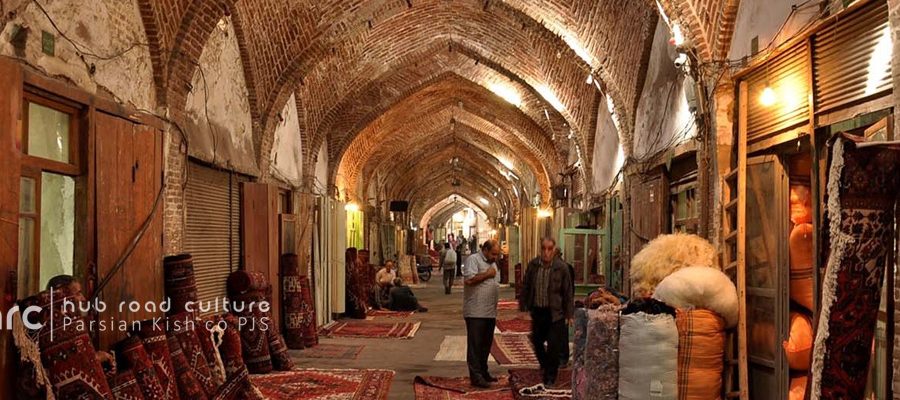City Introduction
The present capital of East Azerbaijan province and the sixth populous city of Iran, it is located in the Quru River Valley, in Azerbaijan region, between long ridges of volcanic cones in the Sahand and Eynali Mountains (height of 1,350- 1,600 meters). With cold winters and temperate summers, Tabriz is considered a summer resort. It was named World Carpet Weaving City by the World Crafts Council in October 2015 and Exemplary Tourist City of 2018 by the Organization of Islamic Cooperation.
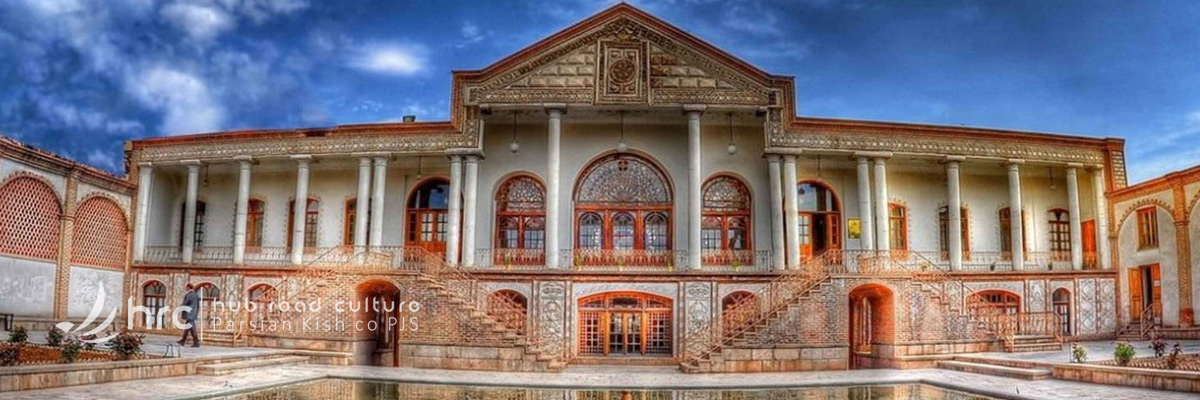
Climate
Tabriz with a cold semi-arid climate, has an annual precipitation of around 320 millimeters, a good deal of which falls as snow during the winter months and rain in spring and autumn. The city enjoys mild and fine climate in spring, dry and semi-hot in summer, humid and rainy in autumn and snowy cold in winter, with the annual temperature of 12.6 °C (54.7 °F), averagely.
Attractions
Representing Iran’s architectural transition throughout its deep history, Tabriz contains many historical monuments; most of which, belongs to Ilkhanid, Safavid and Qajar Periods. Some of this old city’s major attractions are as follows:
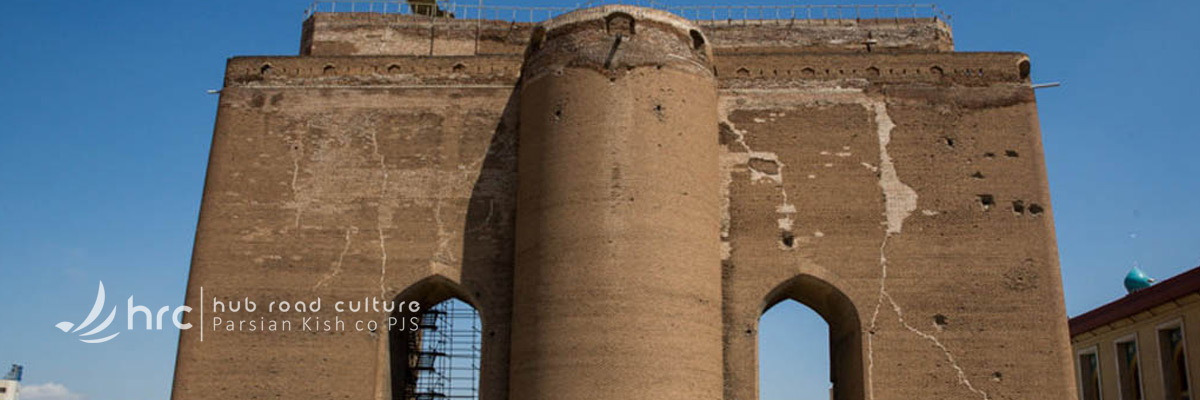
• Bazaar: a historical market situated in the city center of Tabriz; it is one of the oldest bazaars in the Middle East and the largest covered bazaar in the world and Iran’s UNESCO World Heritage Site.
• Arg of Tabriz: the remnants of a large acropolis fortification and city wall in downtown of Tabriz; the structure of which, was visible from far distances in downtown of Tabriz, if not blocked by newly high raised buildings. Built in 14th century during the Ilkhanate era, the pride point of it, is its vaulted ivan/ porch which is larger than the famous historic vault of Chosroe/ Kisra or the Taq-e Kisra at Ctesiphon/ Mada’in.
• Blue Mosque: a historic mosque in Tabriz, that along with some other public buildings were constructed in 1465 by the order of Jahan Shah, the ruler of Kara Koyunlu.
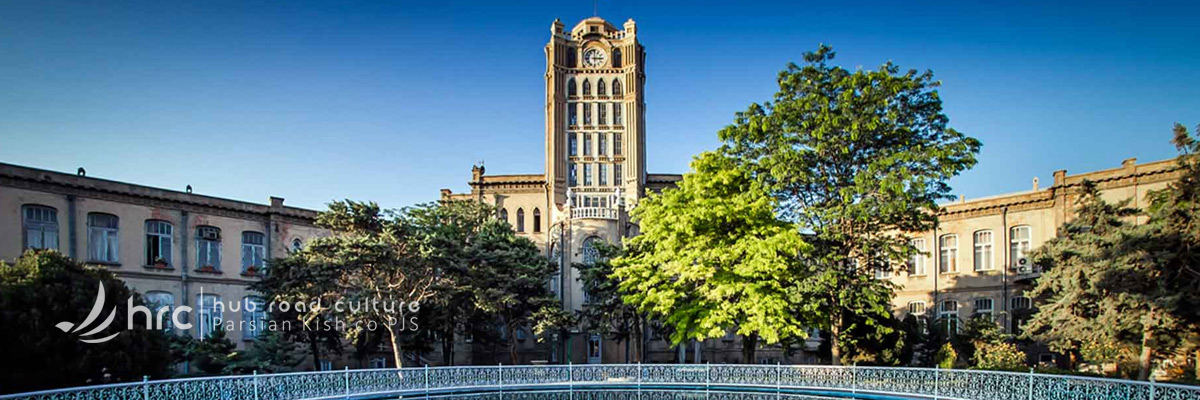
• Azerbaijan Museum: the major archaeological and historical museum in Tabriz, on the northwest part of Iran. Established on April 1958, the museum consists of three major halls, a side yard, office rooms and a library. It mostly contains objects discovered from excavations in Iranian Azerbaijan, and some artworks and sculptures of artists. Its library also contains more than 2500 books, both handwritten and printed, about history, archaeology, art and Iranian culture.
• El Gölü/ Shah Goli: the name of a large historic park (or garden) in the south east of Tabriz; with the main feature of a large artificial lake, measuring 210 meters/700 ft square and a mansion amid it.
• Tabriz citadel/ Arg-e Tabriz: the remainders of Tabriz citadel dating back to the 14th century, and constructed as a mausoleum under the Ilkhanate Dynasty. The stone building facade is one of the most famous landmarks in Tabriz, that calls all earnest hearts.
• Kandovan Village: one of the most valuable and significant places to visit outside Tabriz, located in the southern part of the city at a distance of approximately 55 Kilometers; the rock Houses of which, were built around 700 years ago. This village’s people still live inside the volcanic rocks carved in form of dwelling chambers.
• Maqbarat-o-Shoara/ Mausoleum of Poets: a graveyard belonging to classical and contemporary poets, mystics and other notable people, located in the Surkhab District of Tabriz. It was built by Tahmaseb Dolatshahi in the mid-1970s as the Secretary of Arts and Cultures of East Azerbaijan. The first poet buried in this complex was Asadi-ye Tusi (999-1072).
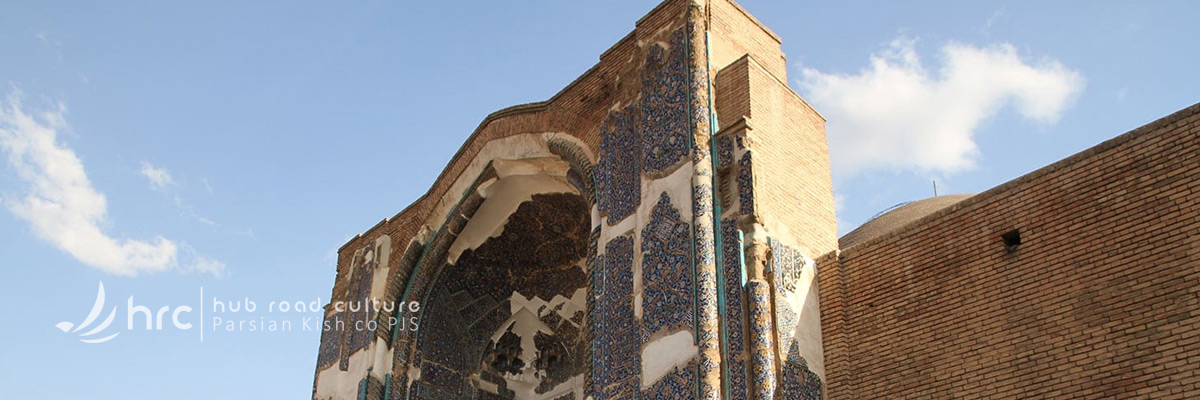
• Sa’at/ Clock Tower: used as the city hall and main office of the municipal government of Tabriz, it encompasses a hall, a tower with clock, and a small garden in Southwestern side of the building. A circular pool with fountains, located in the middle of the garden, completes its unique face.
• Tabriz railway station: a structure built during second Pahlavi era. The current building of Tabriz Railway Station was jointly designed by French architect Fernand Pouillon and Iranian architect Heydar Ghiai- Chamlou (1950s).
• Amir Nezām House/ The Qajar Museum of Tabriz: a historical building in the Shesh Gelan District of Tabriz; the edifice base of which, covers an area of 1200 square meters. Between 1993-2006 it has been subject of an extensive renovation process and since the completion of this project, it has been granted the privilege of National Heritage Status.
• Behnam House: a historical building in Tabriz, built as a residential house during the last part of the Zand Dynasty (1750–1794) and the early part of Qajar Dynasty (1781–1925). During the reign of Naser-al-din Shah Qajar (1848–1896) this building was fundamentally renovated, embellished with ornamental paintings. The house consists of a main building, as the Winter Building, and a smaller structure, as the Summer Building. The Winter Building is a two-storied symmetrical construction standing on a basement. Like many traditional houses in Iran, this house has an inner (andaruni) and an outer (biruni) courtyard, with the former being the larger of the two. At present time, Behnam House is part of Architecture School of Tabriz Art University.
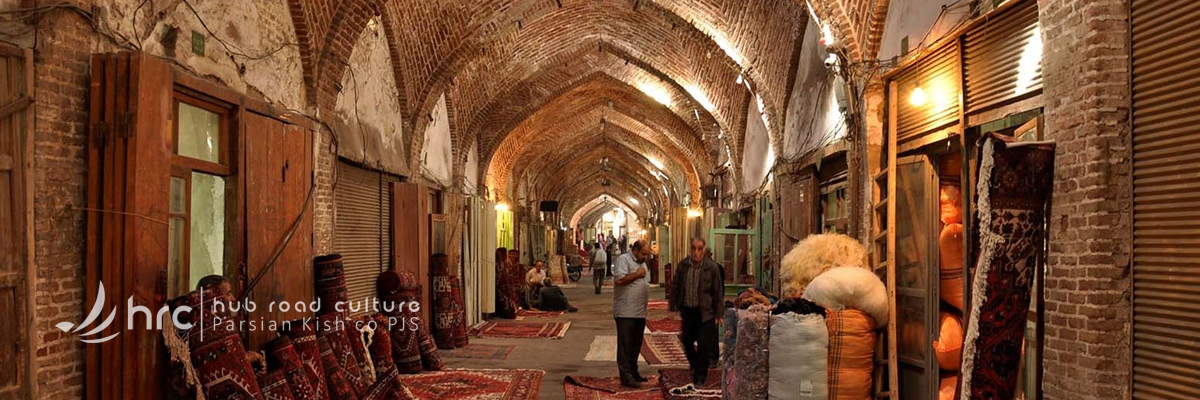
• Nobar Bath: constructed in the center of the city near the Nobar Gate, it is one of the oldest gates of Tabriz. Covering an area of about 700 sq. meters, until 1994, it was used as a public bath. Its ruins have been restored by Cultural Heritage Organization of East Azerbaijan Province and registered as part of Iran’s National Heritage.
• Saint Mary: one of the oldest and largest churches of Tabriz, where national and religious ceremonies of the Armenian sect take place. This largest and oldest Christian church of Tabriz is a notable center for Armenians.
• Quri River/ Quru Chay/ Quri Chay: a river in East of Azerbaijan, which divides Tabriz into northern and southern parts, connecting to each other by several bridges. The two Quri Bridges, altogether are the most famous and historical bridges over the river. The name “Quri Chay” means “dry river”; the water of which today is polluted and undrinkable.

